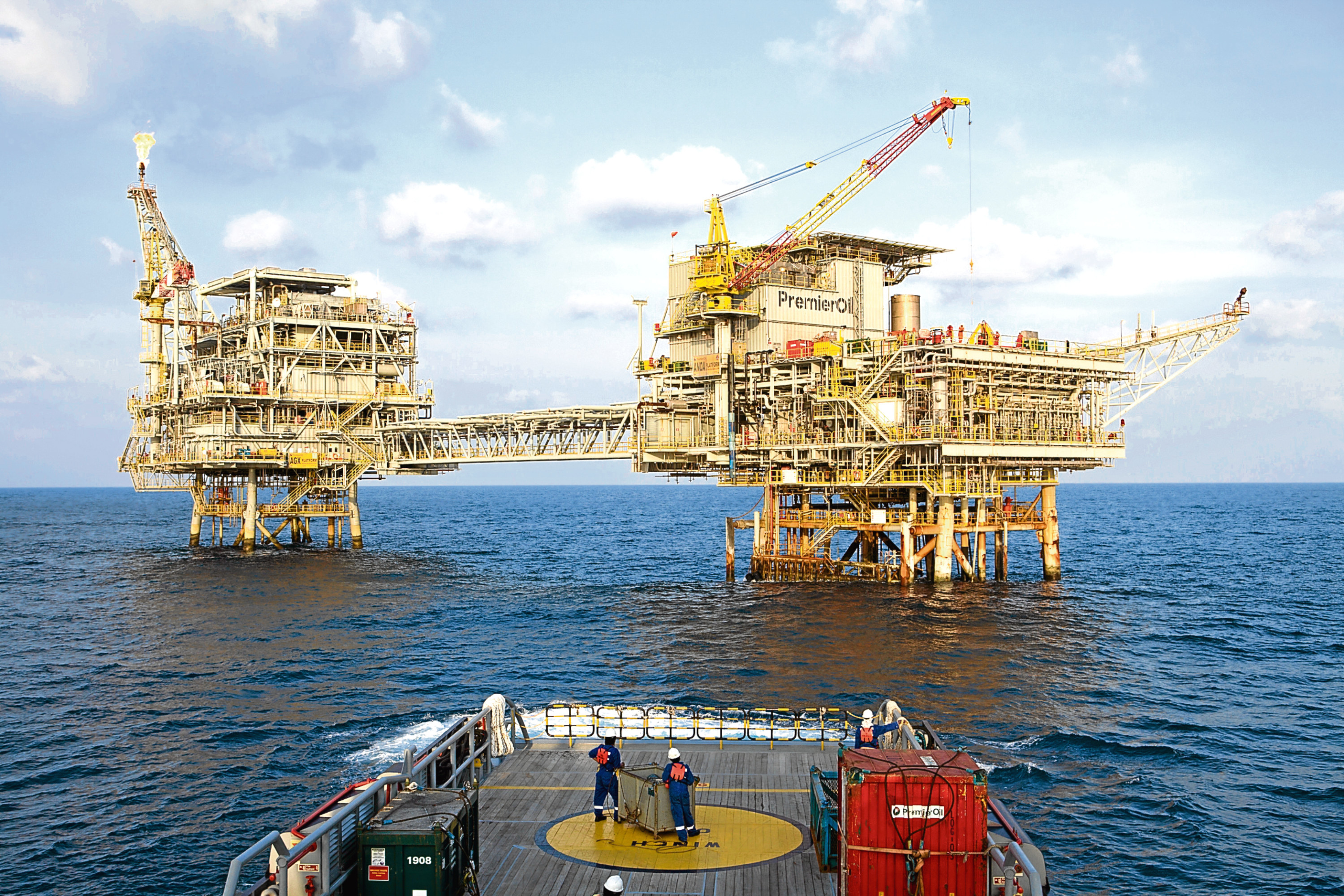Premier Oil has returned to profit after a “strong” operational performance in the first half of the year.
The group said high production efficiency, the coming onstream of the Solan field and an outperformance from Huntington had helped drive it forward.
Daily production in the first half of the year averaged 61,000 barrels of oil equivalent per day, a marginal rise on 2015 output.
Post period end, the firm said it had reached production rates in excess of 95,000 barrels per day, a record for the group.
The financial performance was also significantly improved, with profit after tax for the six months to June 30 coming in at $167.1 million.
The figure compares to a $375.2m loss in 2015 when the company was forced to take a $385.3m impairment on certain oil and gas assets.
However, despite the move back into the black, group sales in the period were lower at $393.8m, down from $577m in 2015.
UK sales were $53.6m lower year-on-year as the impact of the sustained downturn in the global oil price was felt.
City analysts had expected Premier to reveal fuller details of its financial restructuring yesterday.
However, the company said negotiations with its lending group were ongoing, although it added it expected revised agreements to be in place by the end of this calendar year.
Net debt at June 30 was $2.63 billion, up from $2.24bn at the end of 2015.
Chief executive Tony Durrant said the company was making progress.
“Delivery of a step change in production levels and a leaner operating cost base has addressed the lower commodity price environment,” he said.
“Full year production guidance is now increased, which will drive free cash flow generation.
“We have made substantial progress with our lending group on the principal terms of a refinancing.
“Our project portfolio has been expanded, positioning Premier for future growth at lower cost.”
Chairman Mike Welton said achieving maiden production from the operated Catcher field in 2017 was the next milestone on the horizon.
He said: “The second half of the year will see Premier transition from a period of heavy investment to one where at oil prices above $45/bbl we can generate free cash flow.
“Our priority for that cash flow is to deleverage our balance sheet while continuing to ensure the integrity of our assets and to deliver our Catcher project.”
